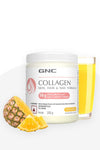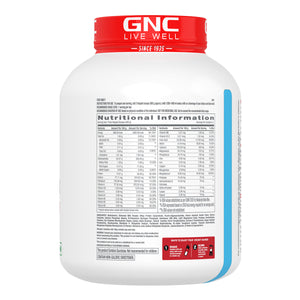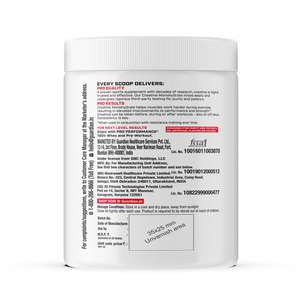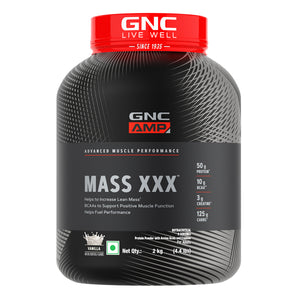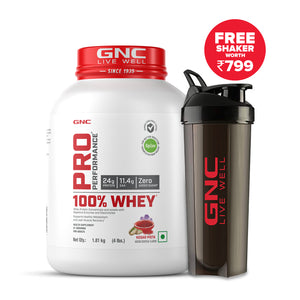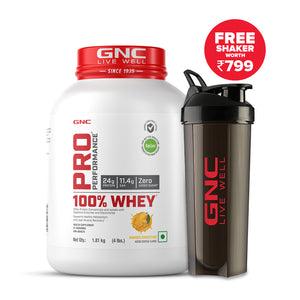
Flat washboard six-pack abs are the most coveted body goal for many of us today. Not only is it considered a marvel of aesthetics but also as a sign of ultimate fitness and health.
In this article, we shall review the science behind chiseled abs so you can understand the role of nutrition and exercise better.
What is it? And how can it be accomplished?
External obliques, internal obliques, rectus abdomen, and transversus abdominis – we all have these four ab muscles, groups. However, the definition and detail would depend on the following factors:
- The quantity of overall body fat you have. Higher the body fat, the less conspicuous your ab muscles even if well-developed
- Additional ab muscle mass gained from workout and diet can improve ab definition and thickness, provided body fat is low. For men, 14% body fat composition starts to show the six-pack outline while for women it’s at 20%
- A genetic advantage in the ab structure could mean minimal fat accumulation around the mid-section
So your focus should be on shedding body fat by diet and exercise, followed by targeted workouts to increase abdominal density and thickness. Abs have added advantages of improving your sports performance, preventing lower backache, and enhancing your posture.

How your diet can reduce the body fat level
Plenty of protein and controlled carb intake are the pillars of the six-pack diet. Additionally, you need to supplement with fiber and water and eat at regular intervals. Your calorie intake should be lower than the energy you expend so that your body starts to use stored body fat for energy.
- Lean protein promotes fat loss and muscle gain, as it helps stabilize blood sugar, and prevents binge-eating. A balanced meal of 40% carbs, 30% protein, and 30% fat will keep you nourished, satiated, and healthy for endurance and resistance training.
- Refined and processed carbs are detrimental to fat loss as they are converted into sugar, which is stored by the body as fat. To steady your blood sugar at healthy levels, eat complex carbs that digest slowly. Supplemental fiber can boost weight loss, improve your digestive system, and reduce hunger cravings. Fiber from whole foods such as fruit, whole grains, vegetables, nuts, and beans/legumes is recommended daily.
- Unsaturated fats found in avocados, salmon, and walnuts are healthy as they help you keep satiated longer, slowing down carb absorption.
As whole foods means may not provide adequate and quality protein, you could supplement your diet with protein powders such as whey, casein, etc. Check out the GNC website to identify and buy a protein supplement that meets your requirement.

What kind of workout would work to develop abs?
You need to start with a regime that helps in fat loss. A combination of Metabolic Resistance Training (MRT) and High-Intensity Interval Training (HIIT) should constitute 80% of your overall workout regime as they burn more calories within the workout than the traditional cardio – long-distance running or jogging or cycling or cross-training. They also boost your metabolism for up to 48 hours after the session, helping you burn fat even while you’re resting.
The process to get ripped six-pack abs can be arduous. Counting calories and sticking to a restricted diet could be hard to sustain. Intense workouts can drain you to fatigue and exhaustion. However, the results are well worth the sacrifice, not only for the visual impact but also the health benefits of advanced fitness levels.






